One more day. There’s just one more day before the latest Windows handhelds are released to the masses, as the ASUS ROG Xbox Ally and ROG Xbox Ally X are arriving. Ahead of the launch, we were fortunate enough to spend some time with these handhelds, which was downright awesome.
During our briefing, we learned about the partnership between Microsoft and ASUS, along with AMD’s role in these new handhelds. Sadly, I didn’t get to spend as much time with either of these compared to Stubbs or Zu, but I still came away with a few thoughts.
It’s All About the Grips
I don’t know if I’ve held a more comfortable handheld. I mean that as genuinely as possible for someone who spent maybe a total of 20 minutes using both the ROG Xbox Ally and Xbox Ally X.
Don’t get me wrong, the trident-like grips still look really goofy, but this is where Microsoft’s design influence is most prevalent. It’s clear that both companies wanted to create the most comfortable handheld possible, and what better way to do so than to just mimic the design of the beloved Xbox controller? So that’s what they did.
It really feels like ASUS cut off two ends of an Xbox controller and slapped them to the sides of the Ally and Ally X. ASUS and Microsoft even went so far to integrate the latter’s Impulse Triggers into the ROG Xbox Ally X.
This basically makes it so you get vibration feedback when playing games that support the feature. The list of supported games isn’t very long, but check out what’s compatible over at the PCGamingWiki.
Technically Different, but Very Familiar
A recurring thought I had is that despite ASUS explaining that these handhelds were reimagined from the ground up, it doesn’t actually look that way. Looking directly at either handheld, and mentally remove the grips, and you’re looking at either the original Ally or last year’s Ally X.
The biggest difference, besides the grips themselves is how much thicker the case is this time around. That’s not only to accommodate the battery, but I can only assume there are some extra bits and bobs included for the controllers. Plus, there needs to be a little bit of space for a heat sink.
As for the displays, there’s really nothing new here. Both the ROG Xbox Ally and Xbox Ally X feature 7-inch FHD screens, with a 120Hz refresh rate, and are capable of reaching up to 500 nits of peak brightness. Sound familiar?
They’re the same screens as the previous models, meaning that unlike the upcoming Lenovo Legion Go 2, ASUS’ flagship handhelds are still rocking LCD panels instead of OLED. Not a deal breaker, but something worth keeping in mind.
Moar Power
Unlike the ROG Ally X from last year, both the ROG Xbox Ally and Xbox Ally X are sporting new processors. The former makes use of the Ryzen Z2 A, while the latter is powered by the Ryzen AI Z2 Extreme.
You might think that’s the same chip that is coming in the Legion Go 2, but that’s actually not the case. Companies love naming schemes, regardless of how painful and convoluted they are. Such is the case with the Ryzen Z2 series, which is comprised of the following:
- Z2 A
- Z2
- Z2 Extreme
- Z2 AI Extreme
As you can see, ASUS is covering both the high-end and low-end of x86 gaming with its latest handhelds. On paper, the AI Z2 Extreme should provide a boost to performance across the board, while also being more efficient than its predecessor. But we’ll have to reserve judgement until we can spend more time with them and put these handhelds through their paces.
The First Xbox Handheld
Besides the grips and the power, the next biggest change comes in the form of the new “Xbox UI”. This aims to provide an Xbox-like software experience, without needing to actually worry about the Windows side of things too much.
You will have to go through the initial Windows setup process, but the experience has been tweaked to be more controller friendly. Hopefully, we won’t feel the need to grab an external keyboard, but it does seem like Microsoft is dedicated to streamlining the setup process.
The company has taken a few pages out of Valve’s book, as games will show labels based on their compatibility. Those with the “Should play great on this device” are said to “average 60 FPS or better” and games with the “Should play well” badge “can expect 30 FPS or better.” But that’s just for Xbox games, as there’s another layer to this consolized experience.
In addition to the available Xbox games, you’ll also still be able to access games from Steam, GOG, and other game libraries. It’s not like this wouldn’t have been possible anyways, but to see it integrated into the Xbox UI allows us to breathe a sigh of relief.
ROG Xbox Ally and Xbox Ally X: Do We Have a Winner?
As I said before, I didn’t get to spend as much time with either of these handhelds compared to others. So if you want to see more about the ROG Xbox Ally or Xbox Ally X, be sure to check out Zu’s video and stay tuned as Stubbs will be dropping his own impressions video later this week.
I will admit that going into the briefing, I wasn’t all that excited about the trident grips and thought it was just an elaborate spec bump. And while neither of these have won me over completely just yet, the Xbox Ally X is making my Legion Go 2 decision quite a bit more difficult.
Hopefully, I’ll be receiving a review unit in the near future, so I can actually play games other than Silksong (sorry Rob). And frankly, after being able to see the GPD Win 5 in person courtesy of The Phawx, it’s thrown another wrench into the whole mix.
Nevertheless, I’m more excited about the Xbox UI and seeing what the Ryzen AI Z2 Extreme is capable of. But stay tuned as I have another article in the works that’s focused on the ROG Xbox Ally.
ASUS ROG Xbox Ally X ASUS ROG Xbox Ally
What did you think of this article? Let us know in the comments below, and chat with us in our Discord!
This page may contain affiliate links, by purchasing something through a link, Retro Handhelds may earn a small commission on the sale at no additional cost to you.
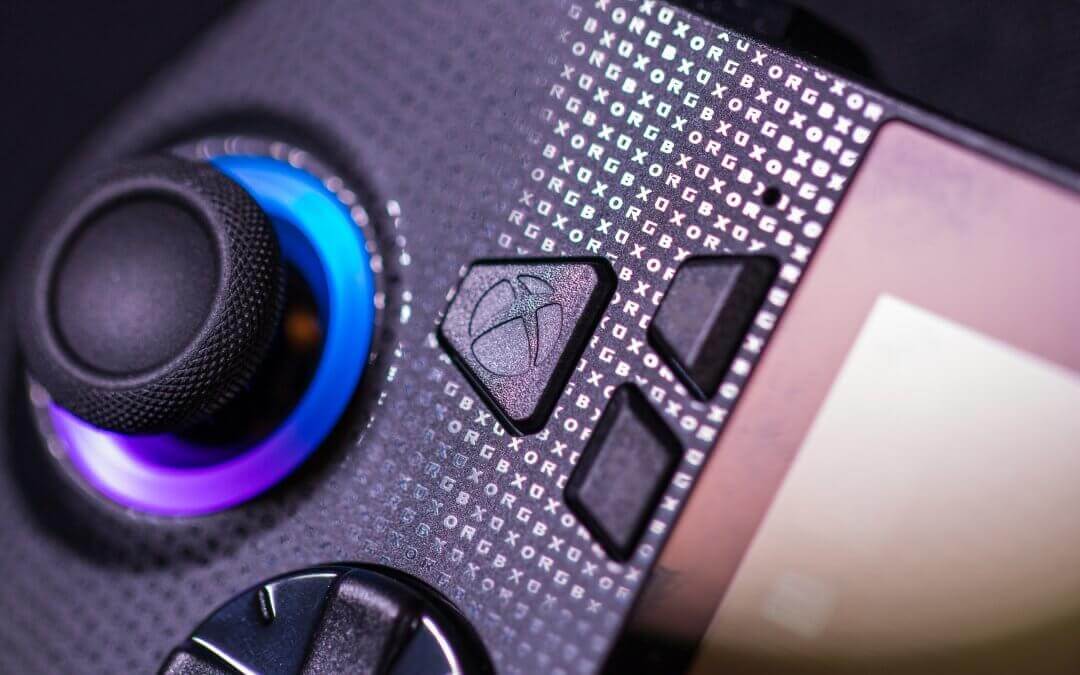
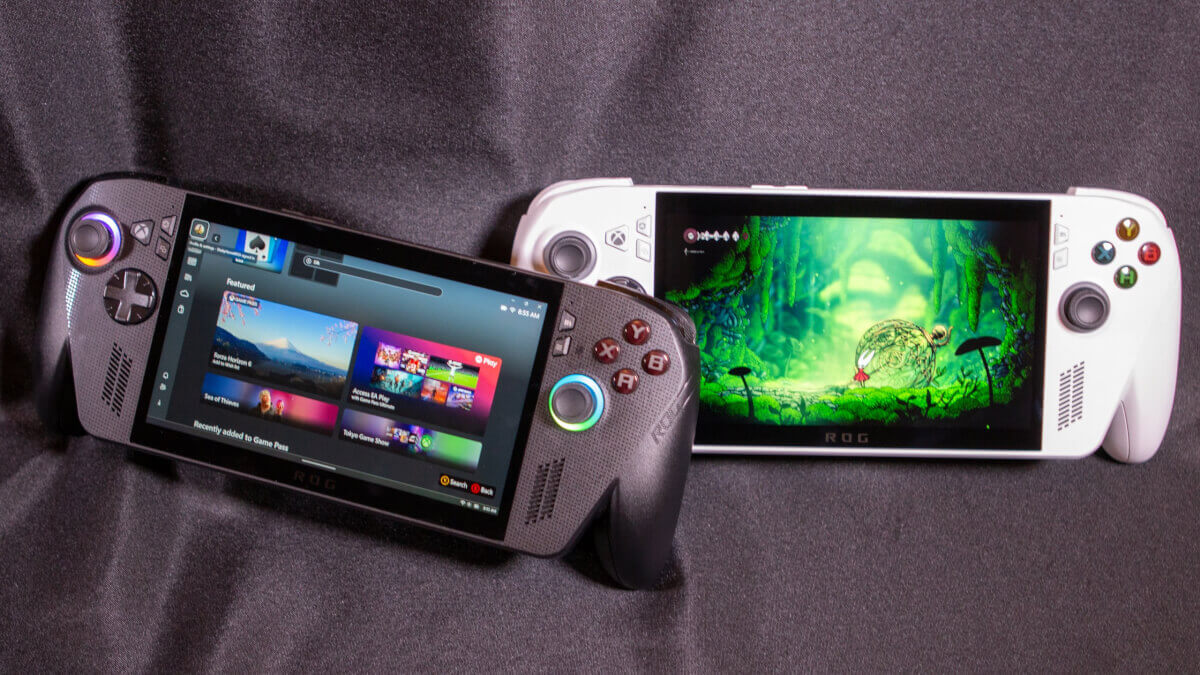
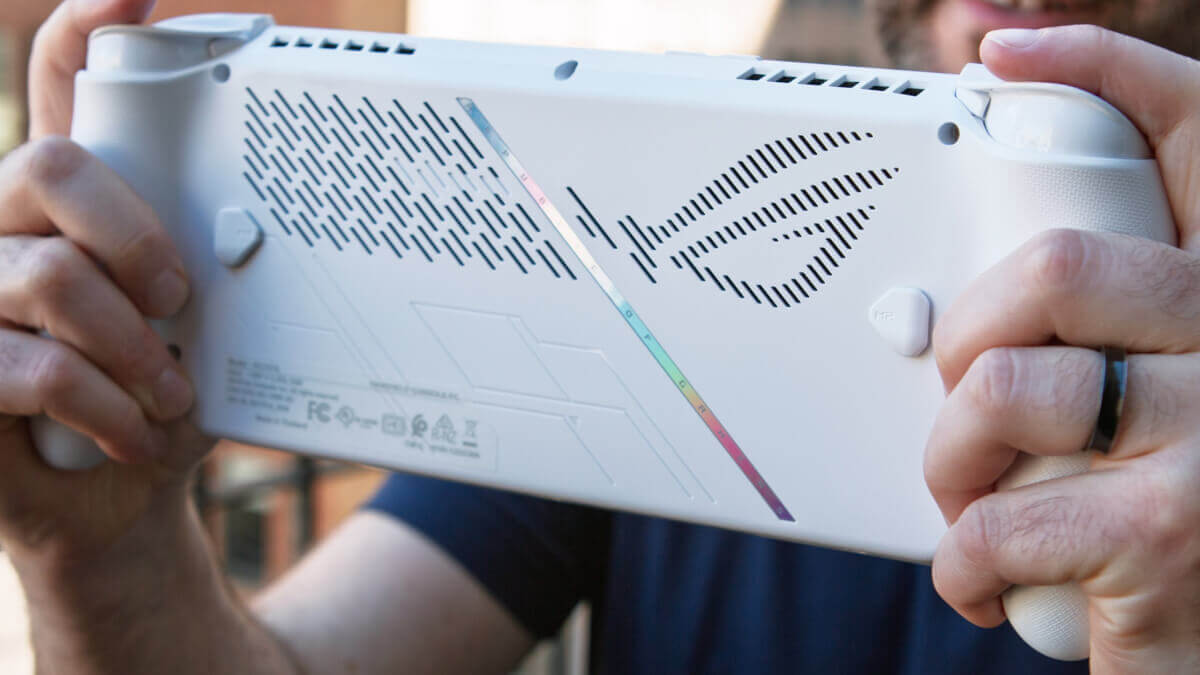
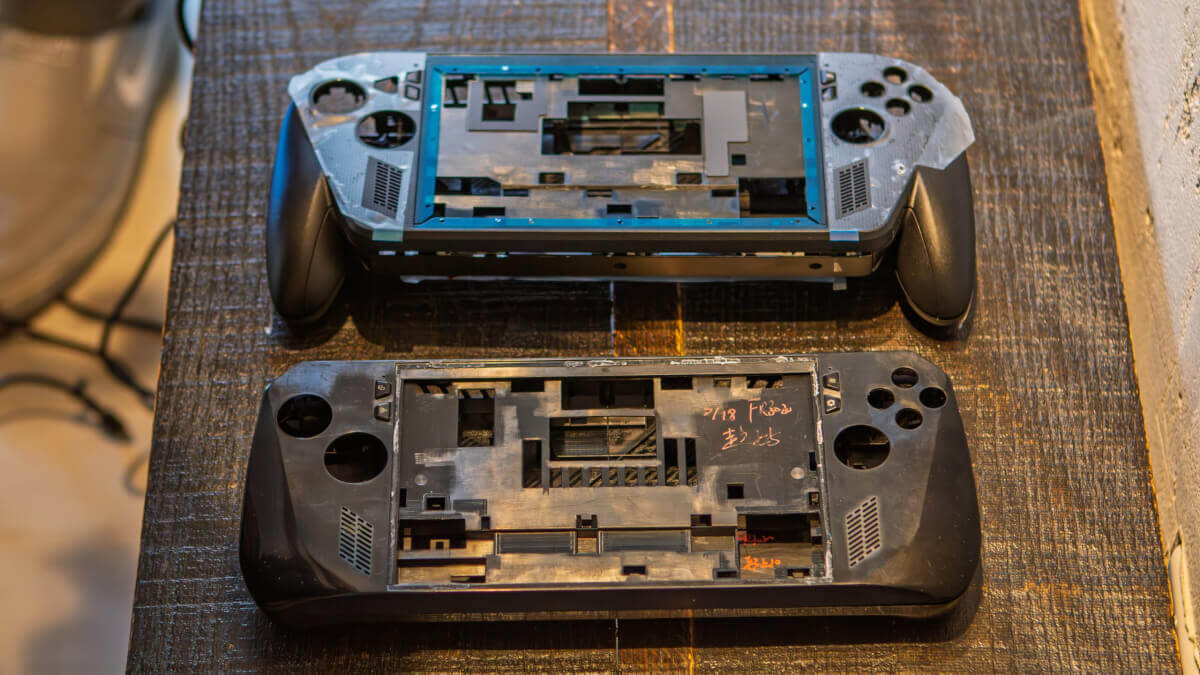
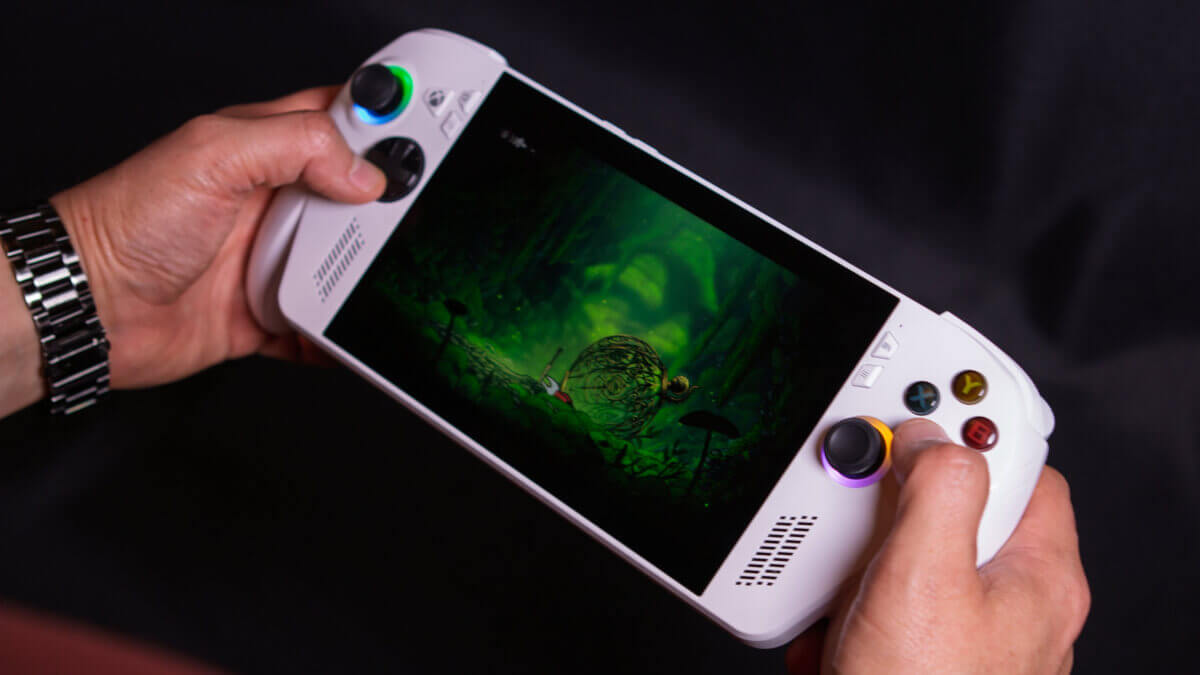
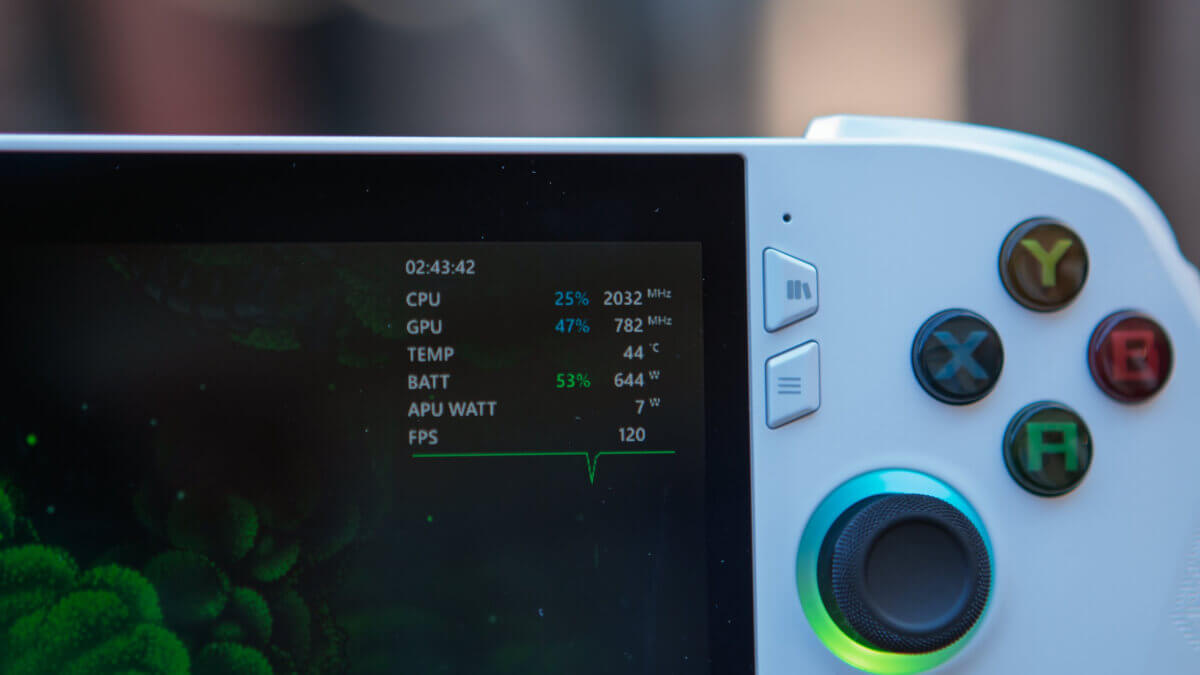
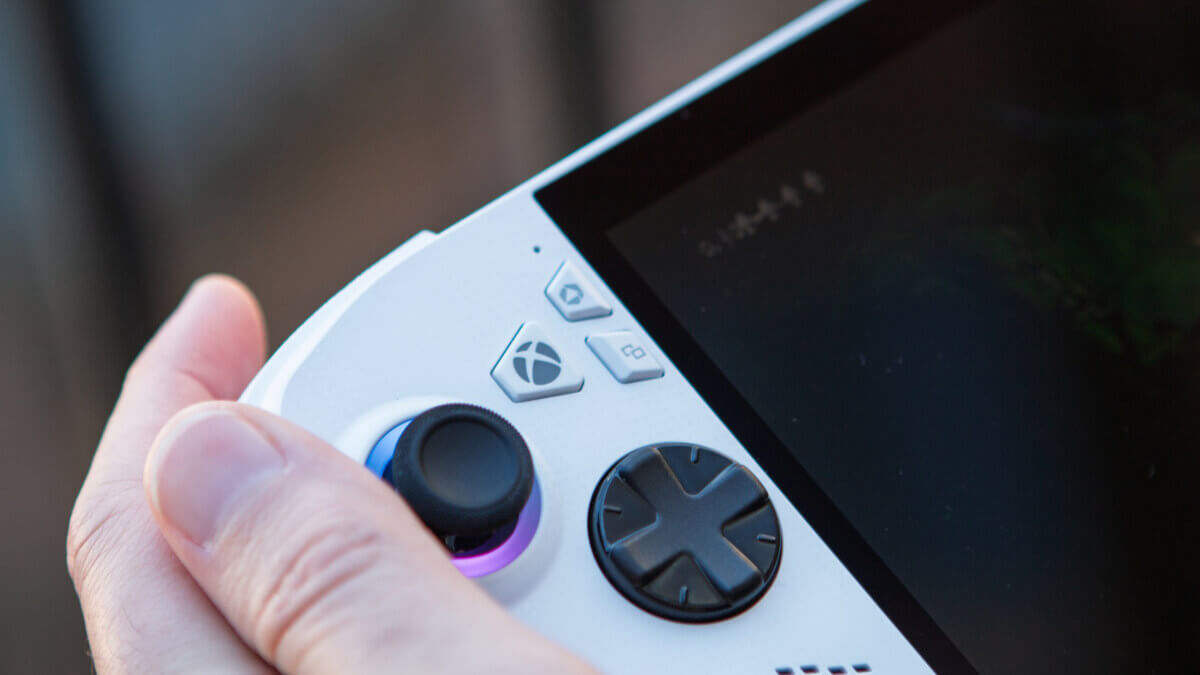
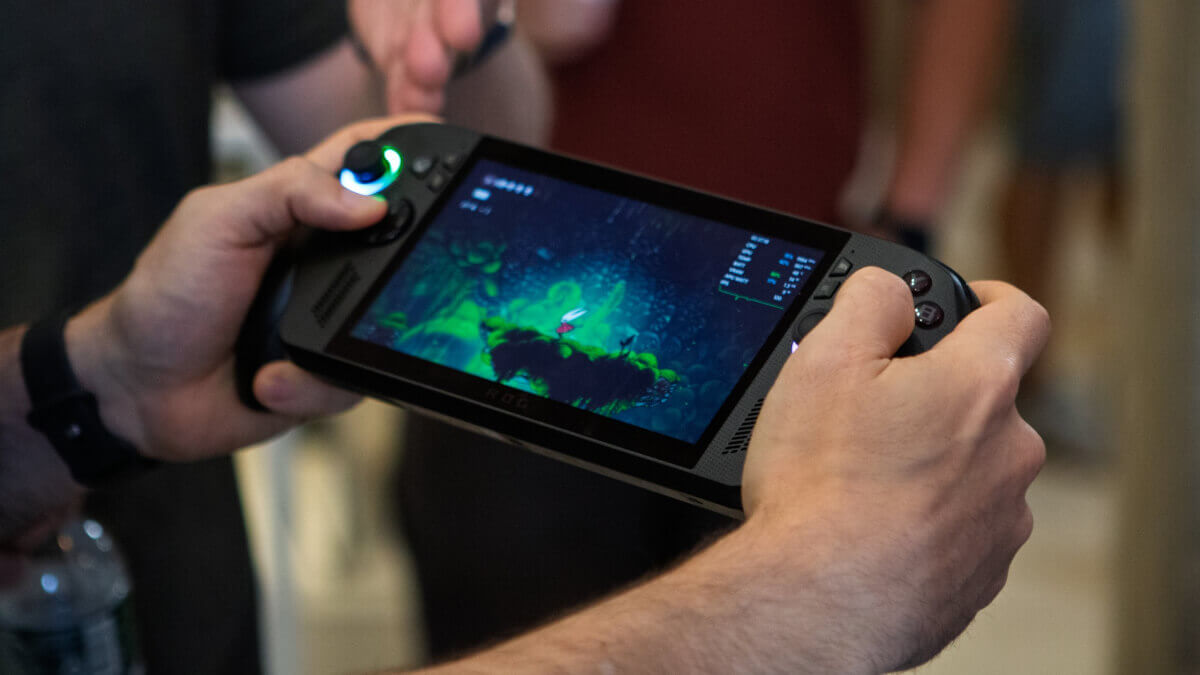
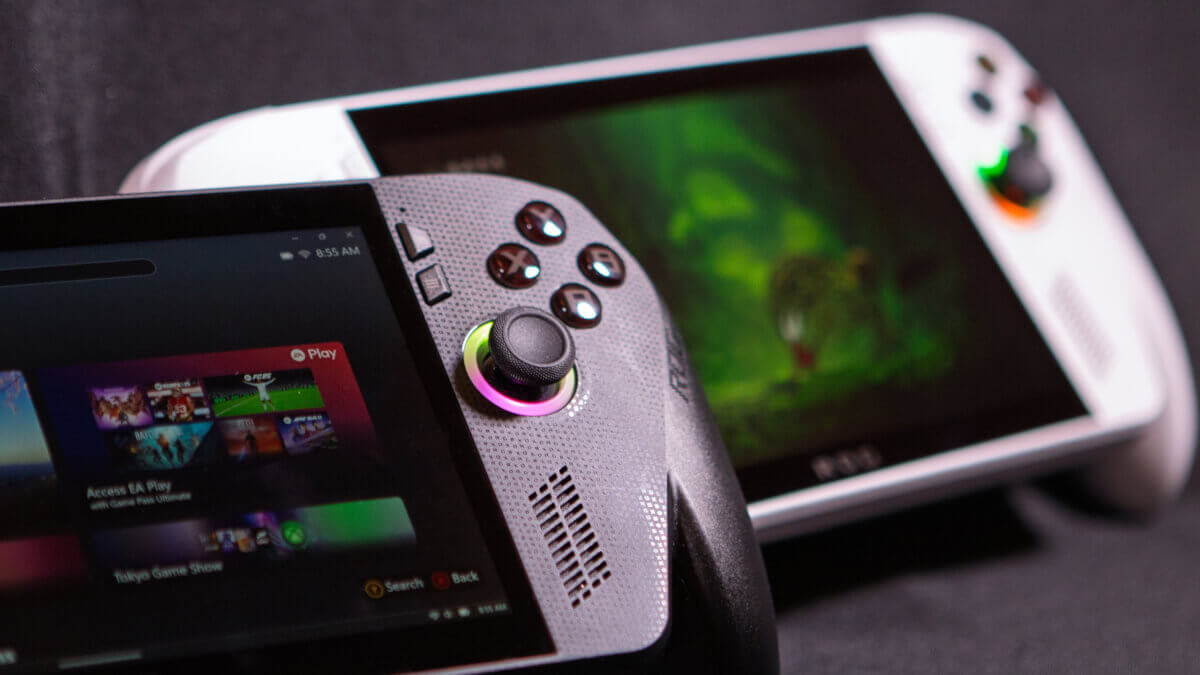
Based SAA